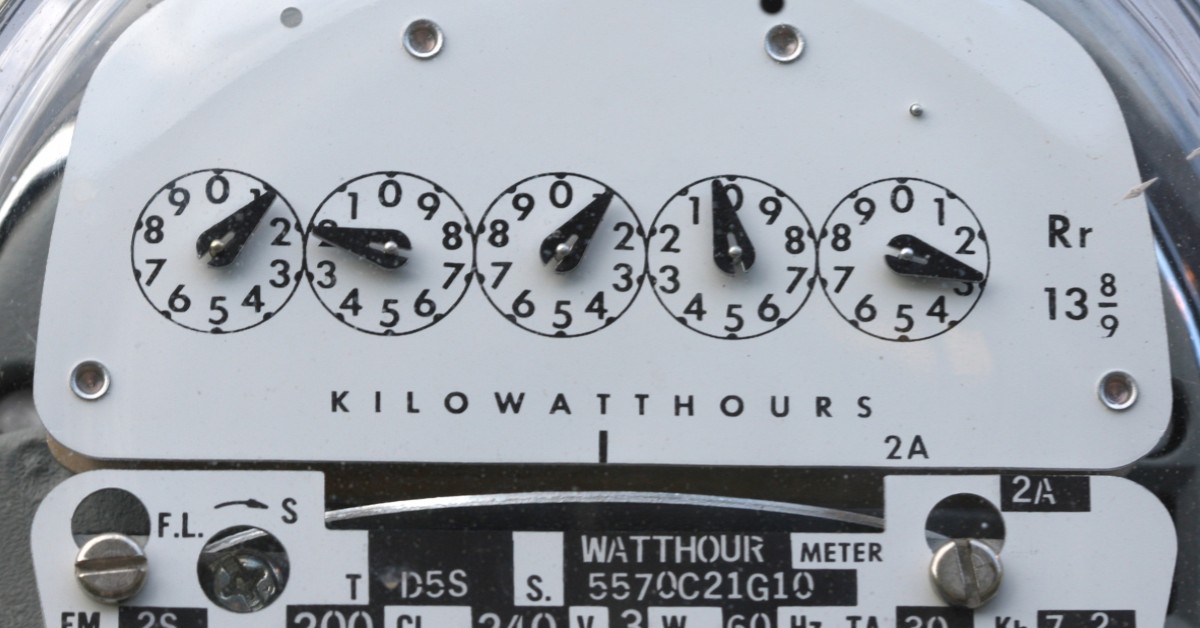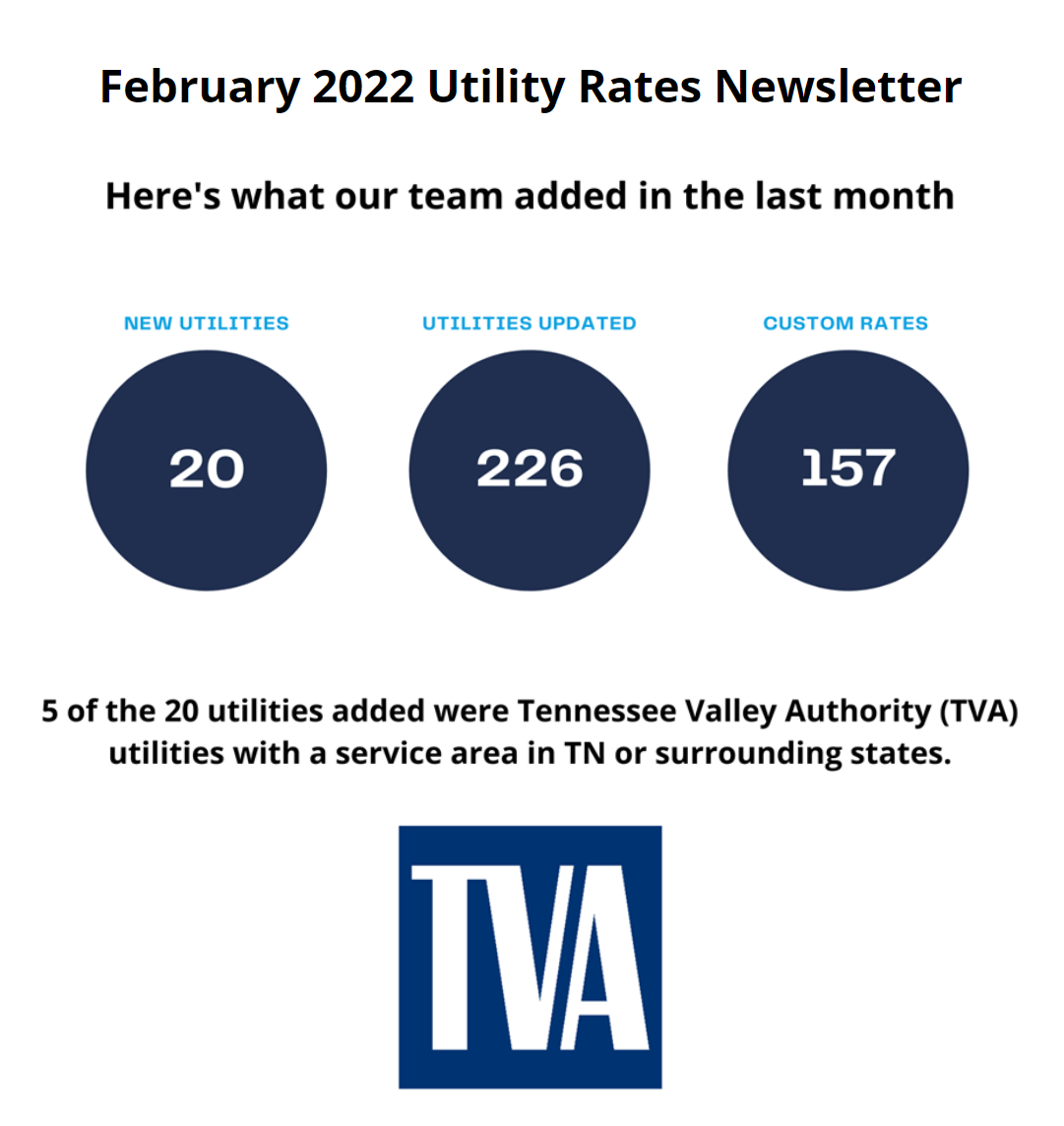IMPORTANT MONTHLY UPDATES & ANNOUNCEMENTS
States such as Missouri, Illinois, and Pennsylvania underwent rate increases this February. Ameren – Missouri & Illinois, Commonwealth Edison, and PECO (formerly the Philadelphia Electric Company) – four of our most regularly used and requested utilities in these states – all implemented significant updates, which we have outlined below.
Ameren – Missouri General Rate Case Increase
Missouri residents that have their electricity distributed by Ameren will experience a general rate increase for the first time since March 2017. The Missouri Public Service Commission (MPSC) approved a revenue increase of $220 million, which is 27% lower than the originally proposed $299 million back in March of 2021. This increase will affect all customers, but exactly how is still in the works. The biggest issue facing Ameren and the MPSC is exactly how to distribute this increased revenue amongst rate classes. Initial estimates indicate that the average customer would see an $8.80 increase to their monthly bill. The purpose of this increase is to support Ameren’s investments in their Smart Energy Plan, which focuses on acquiring smart technology, upgrading power poles and lines, reducing outages, and improving response times. With the goal of distributing charges fairly, further orders and decisions are expected within the coming weeks. Our team will be sure to capture these updates within our rates database as soon as the information is made available.
Illinois IOU Rider Updates
Two of the three largest investor-owned utilities (IOUs) in Illinois, Ameren and Commonwealth Edison (ComEd), implemented several updates to their rate riders, including the implementation of the new Energy Transition Assistance Charge (ETAC) rider. For Ameren – Illinois, the ETAC rider went into effect at $0.00072/kWh and is applicable to all retail customers. For ComEd, the ETAC rider is billed at a rate of $0.00082/kWh. The ETAC rider is a slightly restructured form of the previously implemented Energy Assistance Charge. This new rider is applicable for all Illinois utilities that service more than 500,000 customers, and the revenue received from this rider will be used to promote clean energy job initiatives in Illinois. While the ETAC shall remain the same for the rest of 2022, it will increase slightly year after year as the state continues to ramp up its clean energy investments.
In addition, Ameren’s Renewable Energy Adjustment (RES) rider increased from $0.00181/kWh to $0.00458/kWh, while the REA rider for ComEd customers increased from $0.00189/kWh to $0.00502/kWh. The combination of these two riders results in an increase of $3.49 for every 1,000-kWh consumed by an Ameren – Illinois customer, and $3.95 for every 1,000-kWh consumed by a ComEd customer. The rates of these two riders will remain in effect for the rest of 2022.
PECO Increases Distribution Charges
Both Residential and General Service customers of PECO, formerly Philadelphia Electric Company, underwent a rate increase in January of this year. Residential customers saw an overall increase of $6.39 per 700-kWh to their monthly electric bill, which is roughly 6% higher when compared to the year prior. The General Service Customer charge increased by $13.23 per month, and the Distribution Demand Charge applied to a customer’s monthly peak kilowatt (kW) reading, increased by $0.50/kW. The Pennsylvania Public Utility Commission approved these distribution increases to improve the resilience of PECO’s electric infrastructure from future storms and to further invest in renewable energy technologies.
February 2022 Frequently Asked Question (FAQ):
How does the Utility Rates Team prioritize updates?
The goal of our in-house Utility Rates Team has always been to provide our users with an electric rate database that is accurate and transparent. We are proud to maintain such a robust rates database and strive to stay on top of each utility’s changes. To ensure that we keep track of all these utilities and their implementations, we found it necessary to incorporate analytics that assist with establishing a method of prioritizing our updating.
Our methodology involves tracking which utilities are used by our users and how often they are used. We account for this usage to determine the frequency at which our utilities will be reviewed. Next, we generate a list of rates to update based on the number of times those rates and their attribute combinations were used in the past twelve months. This way we always have the most recent updates available for the most used rates. If a rate schedule appears outdated, or to verify the presence of any changes in a rate, users are encouraged to contact us at utilityraterequest@energytoolbase.com for guidance.
Did you know? – ETB Applies the Most Common PCIA to our Global CCA Rates
Community Choice Aggregation (CCA) utilities include a billing factor called the Power Charge Indifference Adjustment (PCIA) which is used to recover costs of power purchase commitments that are otherwise stranded when a customer is not receiving bundled service from an associated IOU, such as Pacific Gas & Electric (PG&E). The PCIA cost can vary depending on which year the customer established service with the CCA, also known as a customer’s “Vintage Year”.
Our Rates Team reaches out to each of the California CCAs in our database to obtain the Vintage Year that most of the CCA’s customer base is on. This ensures that our global rates are as accurate as possible by incorporating the most come across charges. Energy Toolbase users can feel confident in using our CCA global rates as the PCIA Vintage Year we apply should align with most customers’ billing. To check which PCIA Vintage Year our CCA rates use, users can simply look at the notes found within our rates. If you believe your customer has a different PCIA Vintage Year than what our rates use, please contact us at utilityraterequest@energytoolbase.com so that we can create a custom rate for you to use.
In the Newsroom:
- FRV, Energy Toolbase & Ecopulse launch pioneering ‘Energy-Storage-as-a-Service’ project for the Mexican industrial sector
- HES Solar Deploys a BYD Energy Storage System with Energy Toolbase’s Acumen EMS™ Controls Software for Fortune 100 Client
- We Updated our ESS (Energy Storage System) Vendor Selection user interface in ETB Developer


